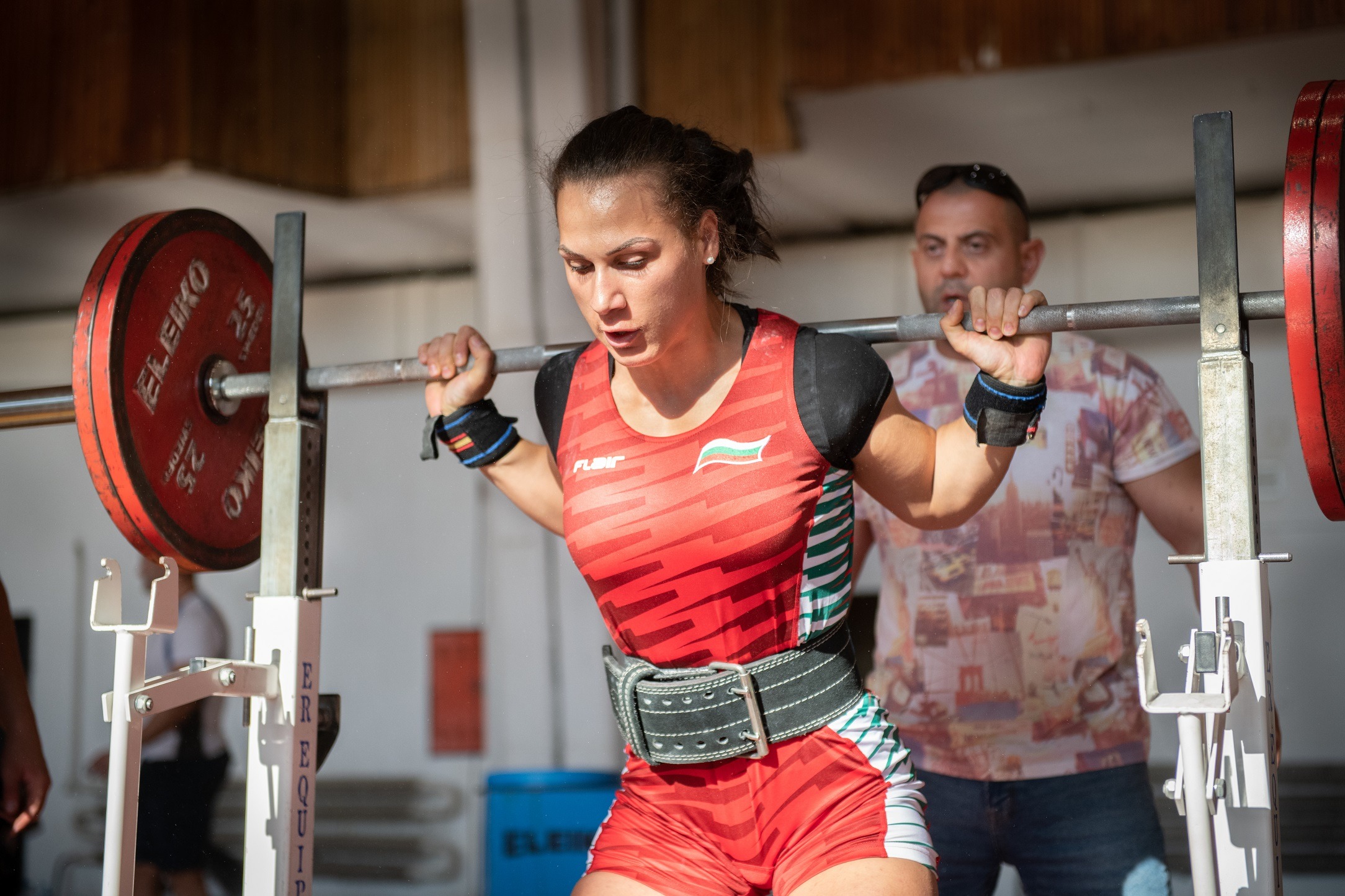
In a recent six-month crossover study, subjects performed low-load training for three months and medium-load training for three months in a randomized order. The researchers found that the increase in muscle mass during the first and last three months of exercise was similar, unlike other research. Read on to find out if you can really avoid plateaus by significantly changing the relative intensity of exercise every few months.

Note: This article was originally published in MASS Research Review. This is an overview of a recent study: different patterns of transition of exercise intensity to avoid Plateau and lack of response in increasing lean body mass in postmenopausal women by Carneiro et al.
If you hit a Plateau in your training – you keep training hard, but muscle growth and strength gains are hard to achieve – How can you break that Plateau? The possible options range from fun (dreamy mass, baby) to practical but boring (try to sleep more and manage Stress better) to unlawful in many jurisdictions (increase the dose, raise the most). However, a surprisingly arguable option is to significantly adjust your exercise program. Some will say that it makes sense to change your training program, because your current program does not give the desired results. Other people will maul you for “jumping into a program” or say that you have been “exercising for ADHD” and that you just need to commit more to your current approach to training (especially if it has already yielded solid results for you).
So, what does the research say? Can you boost earnings by changing your approach to training, or is it a waste of time? Surprisingly, there is not much research on the subject. However, a recent study (1) aims to show that switching to a completely different relative exercise intensity (percentage of 1 rpm) can help you avoid a Plateau. In the present study, the subjects underwent 24 weeks of training. Half of the subjects underwent low-impact training for 12 weeks (starting with 30% of 1 rpm and 27 to 31 repetitions), followed by 12 Weeks of moderate-impact training (starting with 80% of 1 rpm and 8 to 12 repetitions). The other half first underwent 12 Weeks of medium-load training, followed by 12 Weeks of low-load training.

The researchers found that, unlike other research (which suggests that Hypertrophy slows down significantly after about three months of training), the increase in muscle mass occurred at the same rate during the two 12-week training blocks. So, are radical changes In training intensity the Holy Grail to avoid or break plateaus? Read on to find out. I am not entirely convinced, but the in-depth design and data reports in the current study allow us to explore some interesting and practical questions related to individual responses to different training styles.
Objective and assumptions
Objective
The main objective of this study was to compare the effects of low-load exercise followed by moderate-load exercise versus moderate-load exercise followed by low-load exercise to help build muscle mass. The secondary objective was to see how the change in exercise intensity affected the responsiveness to resistance training.
Design of experiments
This study took place over 28 weeks, including a 24-week exercise intervention. During the first week, the subjects carried out three introductory sessions to familiarize themselves with the exercises used in the study (leg press, knee extension, leg curl and calf elevation). During the second week, the subjects took 1RM tests to determine their initial training load, and the researchers collected the basic anthropometric data of the subjects (height, weight and body fat), as well as the evaluation of the lean mass of the soft tissues of the thigh (via DXA).

From week 3 to week 14, the subjects underwent twelve weeks of strength training. At week 15, the researchers reassessed the lean mass of the soft tissues of the thighs and the strength of 1 rpm for the four training exercises. At weeks 16-27, the subjects underwent an additional 12 weeks of strength training. Finally, the lean mass of the soft tissues of the thigh was reassessed at week 28. The strength of 1 RM after training has not been evaluated (or at least not reported).







